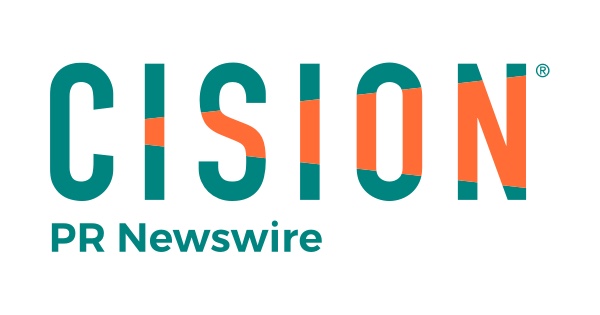SYDNEY, Oct. 3, 2019 /PRNewswire/ — Risk management is a key aspect of program portfolio management.
As organisations adapt to ubiquitous change and disruption in the market, business roles, responsibilities and management structures also need a shift in the face of today’s mobile, social, global and networked world. To keep pace with rapid change, responsibility for governance, risk management and compliance needs to move to C-level executives to drive driving business performance.
Agile Management consulting experts, Zen Ex Machina, give their top 3 agile approaches to managing project portfolio risks.
Move from Project to Product Management: Most organisations are moving away from projects to a product-centric model. Project-centric risk management only provides for a short-term risk lens. Projects also tend to happen in business-unit silos. They compete for resources and only contribute to isolated metrics. Product-centric organisations have an end-to-end risk management profile for the entire value stream that encompasses discovery, definition and development, the product’s use, its customers, and the market.
Employ visual management across the portfolio: It’s easier to manage something when you can see it. Most organisations lock away their risk management in software tools that lie forgotten after an initial assessment is done. As products move from their stages of financial assessment through to executive consideration and then development, visualise the flow of each step using Kanban. For each major step in the value stream, make transparent the governance and key decisions that will create the basis of progression criteria. In each criteria, be explicit about the risk considerations that need to be given before an initiative can proceed – whether component, structural or overall risks.
Stop using quality gates. Use feedback loops. Inspections are costly and unreliable and they don’t improve quality or reduce risk, they merely find a lack of quality. What follows are actions to mitigate the risk that rarely involve steps to rapidly build quality back into the process. Don’t just find what you did wrong – eliminate the “wrongs” altogether and use statistical control methods – not physical inspections alone – to prove that the process is working and your improvements are effective.
About Zen Ex Machina:
Zen Ex Machina‘s mission is to improve the quality of people’s working lives – from executives and their managers through to teams – through contemporary ways of working. Our entire purpose is to help executives transform the way their entire organisation operates, so they become more productive, and more responsive to changing market, customer and stakeholder needs though smarter ways of working. Combining unmatched practical agile experience that spans almost two decades, Zen Ex Machina’s consultants work as catalysts to the cultural change that agile demands, combining executive mentoring, change leadership, and agile coaching and training, to embed helps teams, complex programs, and whole organisations, to nimbly adjust to and take advantage of emerging opportunities.
SOURCE Zen Ex Machina

